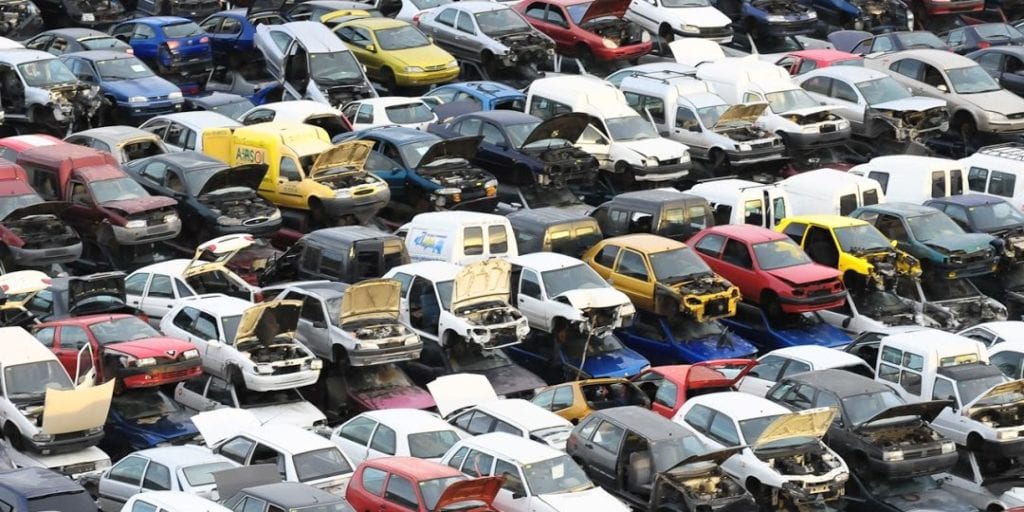Nik Ellis discusses how have green initiatives been embraced by the repair and insurance industries:
There was a time when ‘green’ parts were sourced after climbing over a damaged car or three in a muddy scrap yard watched by hungry guard dogs. Saws & angle grinders were the removal tool of choice. Today the vehicle recycling business is a very different scene akin to a manufacturer’s factory than a post-apocalyptic car graveyard.
Green parts are now identified, cleaned, cataloged and can be ordered online, sometimes faster than OEM parts. However, the industry has mixed feelings about them:
The Repairer
Green parts by their very nature are cheaper, so there is not the same level of profit, although the mark up is currently unregulated. Availability can be a concern; stock is dependent on written-off vehicles being available; good for Fords; not so much for Bentleys. So why would a bodyshop choose less profitable green parts, particularly when they make take longer to source?
The answer is twofold; Firstly cheaper parts may mean the difference between a total loss & repairable proposition. Bodyshops are in the business of repairing cars so may take a commercial view that a repairable car means work albeit with slightly less profit.
Secondly green parts may be quicker to fit in some cases. For example a door will come with the various clips, brackets, regulator, etc meaning less MET time. In some cases parts are sourced painted in the car’s colour.
It can sometimes be better for older models. For instance some earlier headlamps frost, meaning a new replacement can look obvious compared to a similarly aged replacement.
The Insurer
The insurer has a duty to ensure that a vehicle is repaired safely but in the most cost effective manner. There are concerns over the quality and sometimes lack of warranty of a green part. The policy holder may object to having their pride & joy repaired using parts salvaged from another crashed vehicle.
The cost savings can be attractive to an insurer assuming the above concerns are overcome. Additionally the utilisation of green parts to prevent a car from becoming a total loss can ensure policy holder retention, as many are lost once their vehicle is written off.
The environmental benefits are clear; no need to import replacement parts from a manufacturer plus the revenue is kept within the UK’s motor industry.
Conclusion
There are pros and cons here but as the salvage industry moves to modern warehousing techniques, technology and logistics we expect to see the benefits of green parts embraced further in the future.
Nik Ellis is the founder & MD of Laird Assessors & has worked in the accident repair, motor trade & motor assessing trade since 1987.
Reproduced with kind permission from Modern Insurance Magazine.

